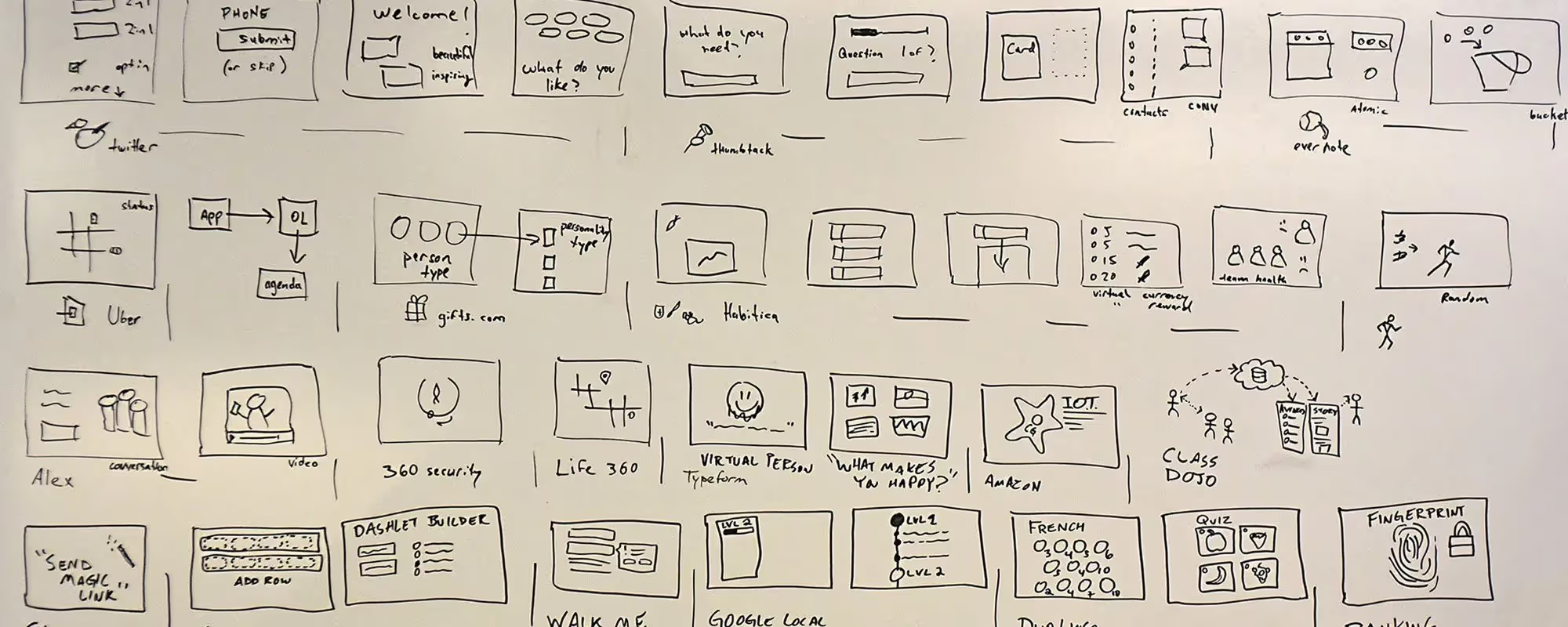Words are pretty powerful. I majored in Linguistics, French, and Spanish in undergrad, which I think demonstrates my deep love and appreciation of spoken language. And still there are times when language falls short. For those moments, we have sketches.
I co-lead a Meetup group on sketching for UX design because I think sketching is a powerful tool for anyone in any field who needs to think, communicate, or collaborate with others. And yet, I hear this question all the time:
Why should I bother learning how to sketch?
I’m a UX Researcher & Designer by trade, not a professional artist. I sketch because it helps me build my visual communication and creative ideation skills — which are critical to my work in UX.
So when people ask me why they should bother learning how to sketch, here’s what I try to say in response.
1. Sketching is not about being good at drawing
Even if you are objectively awful at drawing, don’t let that stand in the way of discovering and experiencing a powerful and easily accessible tool!
Drawing (or sketching) for design has nothing to do with creating something that looks pretty. In fact, a beautiful drawing might not make a good sketch. Sketching is about quickly communicating a concept without getting caught up in the details.
So, all that is to say, if you can draw simple shapes, boxes and arrows, you can already sketch! You don’t need to learn how to sketch, but you can improve.
2. Sketching is about being good at thinking

Our brains can hold a finite amount of information. By visualizing your ideas on paper, your brain regains some of that limited space for improving upon or coming up with more and better ideas.
Sketching is helpful for ideation because it allows you to record a lot of ideas quickly without getting bogged down in the details. You’ll be much less likely to get attached to a bad idea and follow it down a rabbit hole.
Some sketches from a design sprint with a Highland client
Sketching is helpful even when ideating in groups because it moves a group’s attention away from the loudest person in the room and redirects it to discovering the best solution. This is why sketch-based Design Sprints are often so productive and equitable.
3. Sketching is about being good at collaborating
Words tend to fall short when explaining how something could work or function. Creating sketches to explain your ideas means less ambiguity and a better group-held understanding.
Sketches should be easy and quick to create and just as easy to crumple up and throw away. That’s why getting feedback with a quick sketch is easier than a more polished artifact. Your audience will be more likely to offer critiques, and you’ll be less attached to your original idea.
So sketch to your heart’s content even if you don’t think of yourself as an artist, even if you don’t like drawing that much. You might find that letting your creative side loose will benefit you in ways you never thought possible.



